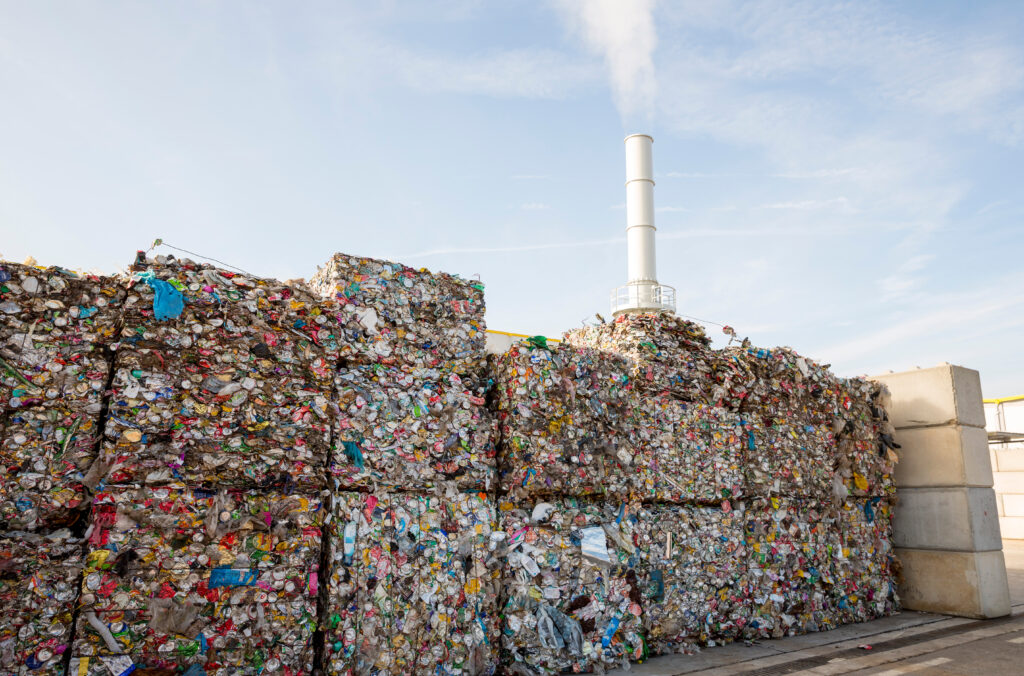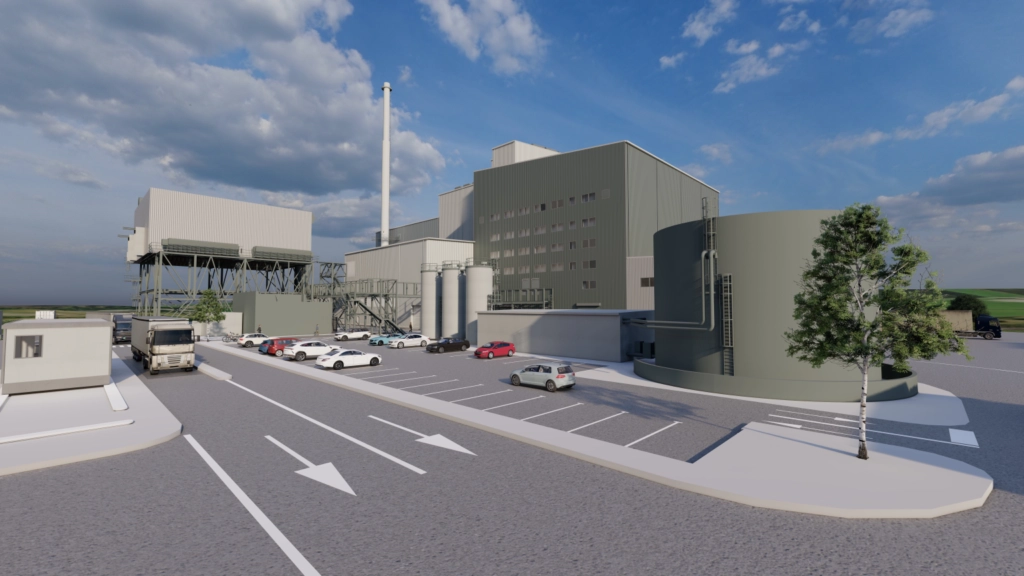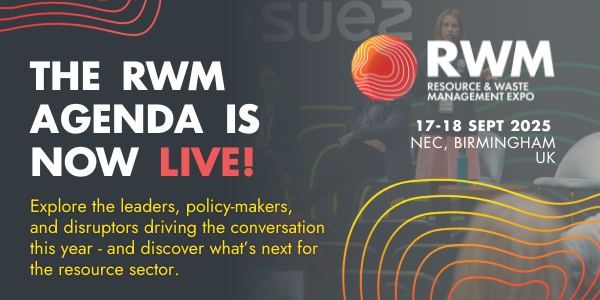The global demand for SAF is expected to reach 17 million tonnes per by 2030 and will come to represent approximately 5% of total jet fuel consumption.
At the end of 2024, global SAF production capacity reached 4.4 Mt/a, but total capacity is anticipated to expand by another 6.9 Mt/a towards 2030 based on confirmed facility expansions and new refineries opening.
The research also revealed that reaching the anticipated level of demand for SAF in 2030 would require an additional 5.8 Mt of production capacity to secure financial investment decisions by 2026.
The report found that – depending on the technology mix – between $19 billion and $45 billion will be needed to meet the increase in demand.
The WEF and global consultancy Kearney put together the white paper as part of its Airports of Tomorrow initiative which looks at financial levers to scale-up SAF production.
Claudia Galea, global sustainability director at Kearney, and Giorgio Parolini, lead of aviation decarbonisation at the WEF, explained in a foreword: “This white paper is part of the World Economic Forum’s Airports of Tomorrow initiative, launched in 2023 to focus on the energy, infrastructure and financing requirements of the aviation industry as it transitions to net-zero carbon emissions by 2050. The initiative is a collaboration with Airports Council International (ACI) World.
“To help aviation get to net zero and reduce its impact on climate change, an increasing number of SAF production facilities are developing worldwide, but many projects still face investment challenges. A key area of focus for us in 2024 was on how these facilities can progress to the construction phase and full scale-up.”
Ten ‘enablers’ for meeting SAF demand
The report highlighted ten “enablers” for greater SAF investments:
- Research and innovation grants for early-stage, high-risk SAF technologies to reduce upfront costs.
- Multilateral development bank support, particularly in developing regions with complex regulatory landscapes.
- Guarantees and insurance, such as loan guarantees, first-loss capital and insurance solutions.
- Strategic investments, such as collaboration with airlines, airports, OEMs and energy players to provide demand assurance and foster a supportive ecosystem.
- Long-term offtake agreements to provide stable revenue and reduce demand uncertainty.
- Book-and-claim mechanisms allow corporate travellers to take an active role in funding SAF.
- Green bonds tied to SAF production offers a powerful tool for raising impact-driven capital.
- Private equity capital and operational expertise can accelerate commercialisation and scale SAF projects.
- Infrastructure investors with lower capital costs and a long-term investment horizon.
- Tolling models can mitigate market risks by charging a fixed fee for refinery capacity while customers supply feedstock and retain ownership.
Working together to meet SAF demand
The WEF called on SAF producers, governments and investors to work together to achieve as many of the enablers as possible, emphasising that will not work in isolation.
The partnership added that new greenfield SAF refineries will be critical if the industry expects to meet its 2030 climate goals.
Galea added: “If we are serious about hitting SAF targets by 2030, it is essential that SAF producers, governments and investors are working collaboratively to de-risk production and scale employment. There are a number of financing roadblocks for SAF to scale-up effectively, so addressing these barriers requires a multifaceted approach with technological innovation, policy frameworks and innovative financial structures to increase investment appeal for SAF projects across their lifecycle.”
Parolini continued: “Banks will often view SAF projects as high risk due to their novelty, extended timelines and reliance on emerging technologies, so project developers must bear this in mind when attempting to attract capital. For SAF to reach scalable production, a shift in financing mechanisms will be necessary, leveraging both private and public capital to mitigate perceived risks and catalyse substantial cash flow into the sector.”









Subscribe for free